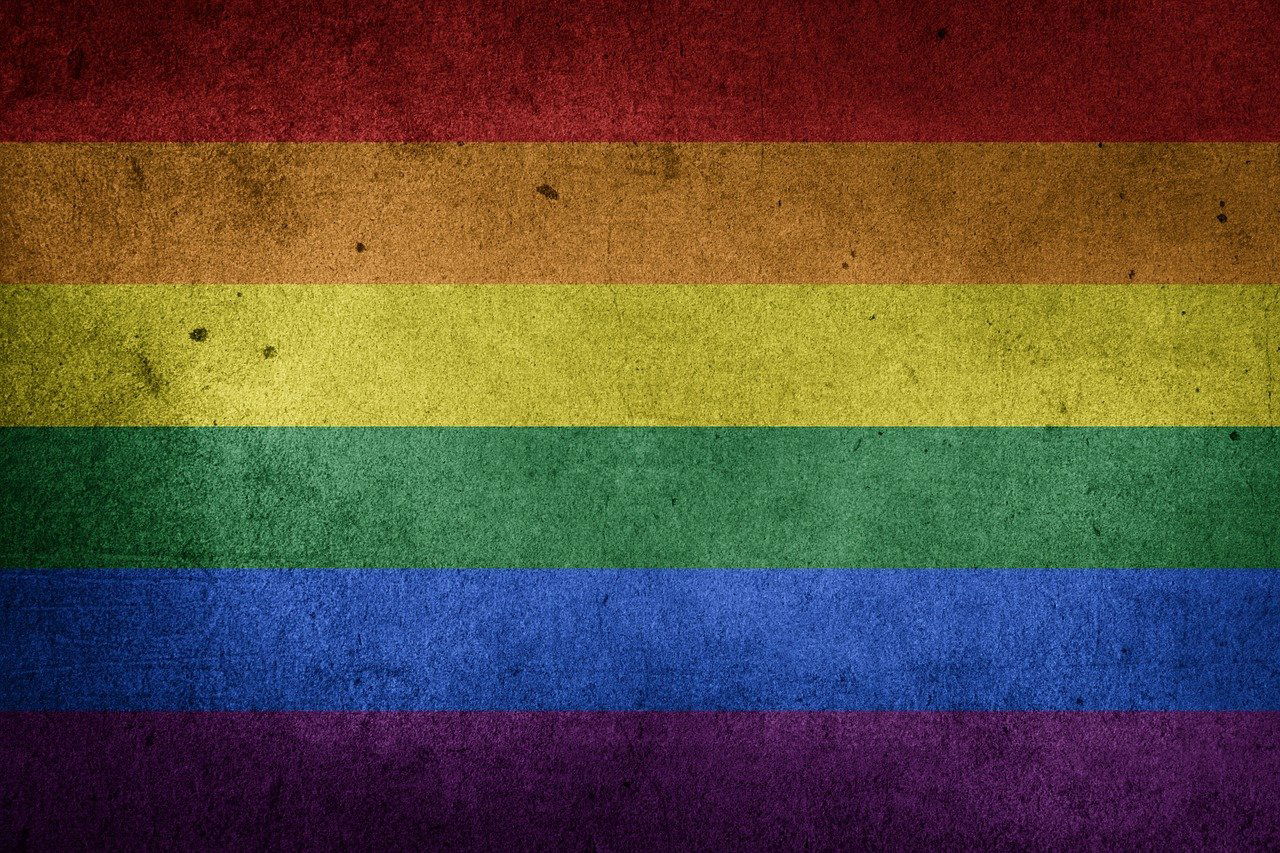
LGBT Communities: Smoking Rates, Cessation, and Sexual Orientation

Written by
Published
Sat, 06/09/2025
This article examines the concerning trend of elevated tobacco use among LGBT communities, exploring the disparities in smoking rates and the challenges faced in achieving effective smoking cessation. The higher prevalence among LGBT individuals highlights a critical public health issue that demands focused attention and tailored interventions. Understanding the nuances of tobacco use among sexual minorities is essential for developing strategies to reduce smoking rates and improve health outcomes within these communities.
Tobacco Use Among LGBT Communities
Overview of Tobacco Use Among LGBT Individuals
Tobacco use among LGBT individuals represents a significant public health concern, with smoking prevalence often exceeding that of their heterosexual counterparts. Studies consistently reveal disparities in smoking rates, highlighting the urgent need for targeted tobacco control interventions. Factors contributing to this disparity include minority stress, discrimination, and targeted marketing by tobacco companies. LGBT communities face unique challenges in accessing culturally competent healthcare and effective smoking cessation services, further exacerbating the issue. Understanding the complex interplay of these factors is crucial for developing successful strategies to reduce tobacco product use among LGBT individuals and improve their overall health outcomes.
Smoking Rates Among Lesbian and Bisexual Women
Smoking rates among lesbian and bisexual women are notably higher compared to heterosexual women, indicating a specific disparity within LGBT communities. Research consistently shows that lesbian and bisexual women are more likely to be current smokers and to smoke cigarettes regularly. This elevated tobacco use among lesbian and bisexual women underscores the need for tailored smoking cessation intervention programs that address the unique experiences and challenges faced by these individuals. Factors such as social stigma, discrimination, and mental health concerns may contribute to this disparity in smoking behavior, highlighting the importance of culturally sensitive approaches to tobacco cessation.
Disparity in Tobacco Use by Sexual Orientation
The disparity in tobacco use by sexual orientation is a well-documented public health issue, with LGBT individuals consistently exhibiting higher smoking prevalence compared to their heterosexual counterparts. This disparity extends across various tobacco products, including cigarette smoking and other forms of tobacco use. Understanding the underlying causes of this disparity, such as minority stress, social isolation, and targeted marketing by tobacco companies, is crucial for developing effective tobacco control strategies. Addressing these factors through culturally competent interventions and policy changes can help reduce tobacco product use among LGBT communities and improve their overall health outcomes. Efforts to promote smoking cessation among LGBT smokers are a must.
Health Concerns Related to Smoking
Physical Health Risks Associated with Smoking
The physical health risks associated with smoking are extensive and well-documented, posing significant health concerns for all smokers, including those within LGBT communities. Smoking among lesbian, gay, bisexual, and transgender individuals increases the risk of numerous diseases, including lung cancer, heart disease, stroke, and chronic obstructive pulmonary disease (COPD). The prevalence among LGBT individuals is particularly alarming, as these communities already face unique health disparities. Cigarette use introduces harmful toxins into the body, damaging the lungs and cardiovascular system. Encouraging smoking cessation among LGBT individuals is critical for improving their overall health outcomes and reducing the burden of tobacco-related illnesses. Addressing these risks requires targeted public health initiatives and culturally competent smoking cessation services.
Mental Health Impact of Tobacco Use
The mental health impact of tobacco use is a critical consideration, especially within LGBT communities, where mental health concerns are often more prevalent. While some individuals may turn to cigarettes as a coping mechanism for stress or anxiety, nicotine can exacerbate mental health conditions such as depression and anxiety. Furthermore, smoking can negatively impact mental health outcomes, potentially leading to increased feelings of isolation and low self-esteem. Smoking cessation can improve mental well-being. The association between tobacco use among sexual minorities and mental health highlights the need for integrated approaches to tobacco cessation that address both physical and mental health needs. Offering mental health support alongside smoking cessation interventions can significantly improve smoking cessation outcomes for LGBT smokers.
Health Disparities in LGBT Smokers
Health disparities in LGBT smokers are a significant public health issue that demands focused attention and tailored interventions. LGBT individuals often face unique challenges that contribute to higher smoking rates, including minority stress, discrimination, and lack of access to culturally competent healthcare. These factors can compound the negative health outcomes associated with tobacco product use, leading to poorer overall health among LGBT communities. Addressing these health disparities requires comprehensive strategies that promote smoking cessation among LGBT youth and adults, while also addressing the social determinants of health that contribute to these disparities. Implementing targeted tobacco control policies and culturally tailored smoking cessation programs can help reduce smoking prevalence and improve health outcomes within LGBT communities. Further research is needed to fully understand the complex factors driving these disparities and to develop effective interventions that promote health equity among sexual minorities.
Smoking Cessation Strategies
Effective Cessation Programs for LGBT Smokers
Effective smoking cessation programs for LGBT smokers necessitate culturally tailored approaches that address the unique challenges and experiences of this population. LGBT individuals often face barriers to accessing mainstream smoking cessation services, including a lack of culturally competent providers and fear of discrimination. Successful programs should integrate LGBT-affirming counseling, support groups, and educational materials that acknowledge the specific needs and concerns of LGBT smokers. Tailored strategies may include addressing minority stress, social isolation, and the impact of discrimination on smoking behavior. Incorporating peer support and role models from within LGBT communities can also enhance program effectiveness. By creating safe and inclusive environments, these programs can improve smoking cessation outcomes among LGBT individuals and promote better LGBT health.
Barriers to Smoking Cessation Among LGBT Individuals
Numerous barriers hinder smoking cessation among LGBT individuals, contributing to the persistent smoking disparities. Minority stress, stemming from discrimination and social stigma, often leads to increased tobacco product use as a coping mechanism. Lack of access to culturally competent healthcare providers who understand the unique health concerns of LGBT communities is another significant obstacle. Some LGBT individuals may feel uncomfortable disclosing their sexual orientation or gender identity to healthcare providers, hindering open communication about smoking status and cessation options. Targeted marketing by tobacco companies, which often exploit LGBT themes and events, further exacerbates the problem. Addressing these barriers requires a multi-faceted approach that includes policy changes, healthcare provider training, and community-based interventions to promote cigarette smoking prevention and smoking cessation among LGBT communities.
Resources for Smoking Cessation in LGBT Communities
A variety of resources are available to support smoking cessation in LGBT communities, offering tailored assistance and guidance to individuals seeking to quit smoking. LGBT health centers and community organizations often provide smoking cessation programs specifically designed for LGBT individuals, incorporating culturally competent counseling and support groups. Online resources, such as websites and social media groups, can offer valuable information, peer support, and access to smoking cessation tools. Additionally, some healthcare providers specialize in LGBT health and can provide personalized smoking cessation advice and treatment. Local and national LGBT organizations may also offer resources and advocacy efforts to promote tobacco control and reduce smoking prevalence within LGBT communities. Leveraging these resources can empower LGBT smokers to successfully stop smoking and improve their overall health outcomes, ultimately reducing tobacco product use.
Tobacco Product Use and Regulation
Types of Tobacco Products Used in LGBT Communities
The spectrum of tobacco products used in LGBT communities is diverse, encompassing not only traditional cigarettes but also e-cigarettes, hookah, smokeless tobacco, and other emerging products. Understanding the patterns of tobacco product use among LGBT individuals is crucial for developing targeted tobacco control strategies. Cigarette smoking remains prevalent, but there is also a notable increase in the use of e-cigarettes, particularly among LGBT youth and young adults. These alternative tobacco products are often marketed as safer alternatives, but they still pose significant health risks. The use of various tobacco products highlights the need for comprehensive prevention and intervention efforts that address all forms of tobacco use and nicotine addiction. Factors such as targeted marketing by tobacco companies and social norms within LGBT communities influence tobacco product choices.
Impact of Regulations on Tobacco Product Use
Regulations play a critical role in shaping tobacco product use among LGBT communities, with policies such as smoke-free laws, taxation, and advertising restrictions influencing smoking behavior. Strong tobacco control policies can reduce smoking among lesbian, gay, bisexual, and transgender individuals by making tobacco products less accessible and affordable. Smoke-free policies, in particular, protect LGBT individuals from exposure to secondhand smoke, reducing their risk of respiratory illnesses and other health concerns. Taxation on tobacco products can discourage smoking cigarettes and other forms of tobacco use, particularly among price-sensitive populations such as LGBT youth and young adults. Conversely, weak regulations or lax enforcement can exacerbate smoking disparities within LGBT communities, allowing tobacco companies to continue targeting sexual minorities with aggressive marketing tactics. The public health impact of these regulations is significant, therefore there is a need to continually evolve the strategies for tobacco cessation intervention.
Community Initiatives to Reduce Tobacco Use
Community initiatives are essential for reducing tobacco use among LGBT communities, providing culturally tailored support and resources to help individuals quit smoking. These initiatives often involve partnerships between LGBT health centers, community organizations, and public health agencies, creating a network of support for LGBT smokers. LGBT-affirming smoking cessation programs address the unique challenges and experiences of sexual minorities, such as minority stress, discrimination, and social isolation. Peer support groups provide a safe and inclusive space for LGBT individuals to share their experiences and support one another in their efforts to stop smoking. Community-based interventions can also address the social norms and cultural factors that contribute to higher smoking rates within LGBT communities. Community initiatives play a crucial role in promoting tobacco cessation among LGBT individuals and improving health outcomes among sexual minorities.

















